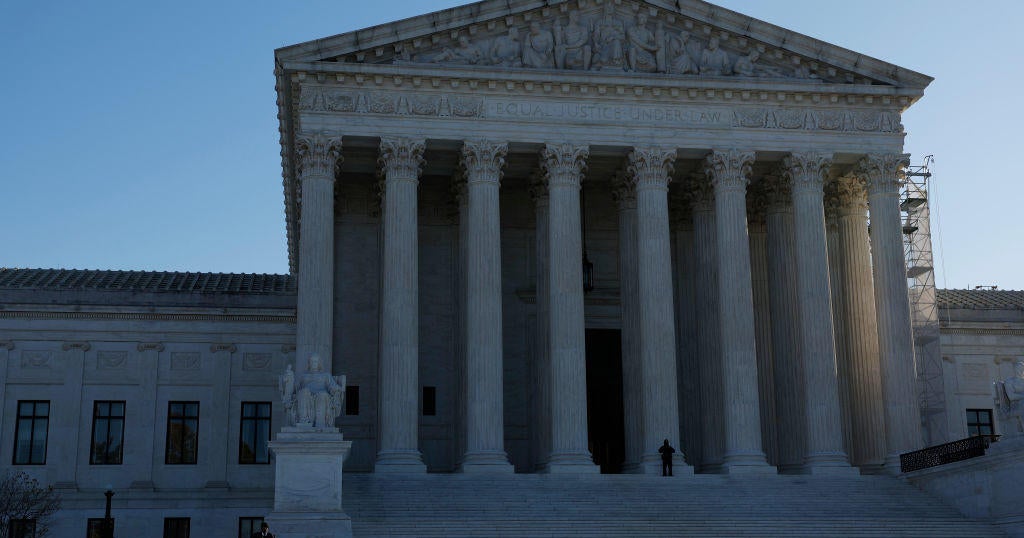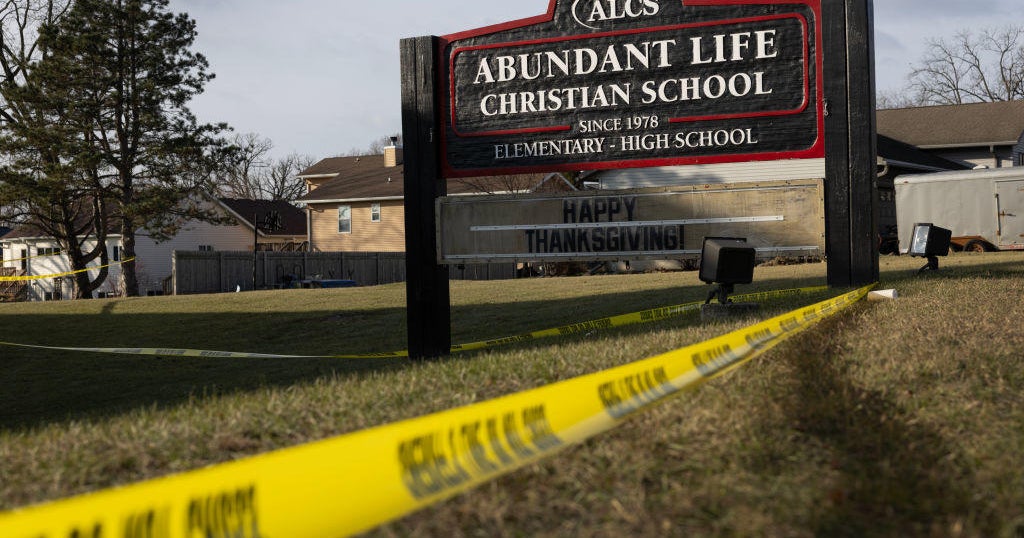Jurors view animation of fatal S.C. police shooting; state rests
CHARLESTON, S.C. -- Jurors in the murder trial of a white former South Carolina patrolman viewed animation Wednesday of the shooting of a black motorist compiled from cellphone and dashcam video, police radio chatter and drone footage of the scene.
Former North Charleston patrolman Michael Slager is charged in the April 2015 shooting of 50-year-old Walter Scott, who ran unarmed from a traffic stop.
Cellphone video of the shooting recorded by a bystander shows Scott being shot five times in the back by Slager from yards away. It stunned the nation and was seen worldwide on the internet.
The state’s final witness, Bill Williams, who recreates crime scenes, compiled the animation and testified that he spent 500 hours putting it together. He was paid $15,000 by the state.
The prosecution rested its case following Williams’ testimony, having called 32 witnesses over nine days.
After the state rested, defense attorney Andy Savage asked Circuit Judge Clifton Newman to dismiss the case against his client. Savage argued that the prosecution had not shown there was malice on Slager’s part, as required by South Carolina law.
But the judge ruled that the jury could infer malice from the fact that a deadly weapon was used and that Scott was shot in the back. He refused to dismiss the case.
The animation starts with dashcam video from Slager’s cruiser showing Slager pulling over Scott’s 1990 Mercedes for a broken tail light.
After Scott is seen running from the car, the animation switches to aerial drone footage of the path into a vacant lot where Slager chased Scott. It shows the locations where evidence was found and Slager fired his Taser. Those locations are noted on the screen and subtitles are shown when there are police calls. The animation closes with the bystander’s cellphone video of Scott being shot.
The defense contends that Slager fired his weapon after the two men wrestled on the ground and Scott got hold of Slager’s stun gun.
Williams described how he synchronized video, photos of the scene and audio to create the timeline for the jury.
The defense had attempted Tuesday to block the animation from being entered. Slager’s attorneys had argued that Williams, who is largely self-taught, lacked the formal training to be considered an expert in crime scene re-creation. But the judge ruled prosecutors could show the animation.
The Slager trial, which is being heard by a jury of 11 whites and one black, continues against the backdrop of other highly publicized cases involving African-Americans killed by police officers.
On Wednesday a police officer from St. Anthony, Minnesota was charged with second-degree manslaughter in the killing of a black motorist, Philando Castile, during a traffic stop last July. The aftermath was streamed live on Facebook by the victim’s girlfriend who was with him.
Meanwhile in Ohio prosecutors are reviewing whether to retry a former University of Cincinnati police officer charged in the July 2015 shooting death of a black motorist. A predominantly white jury deadlocked in that case earlier this month.




